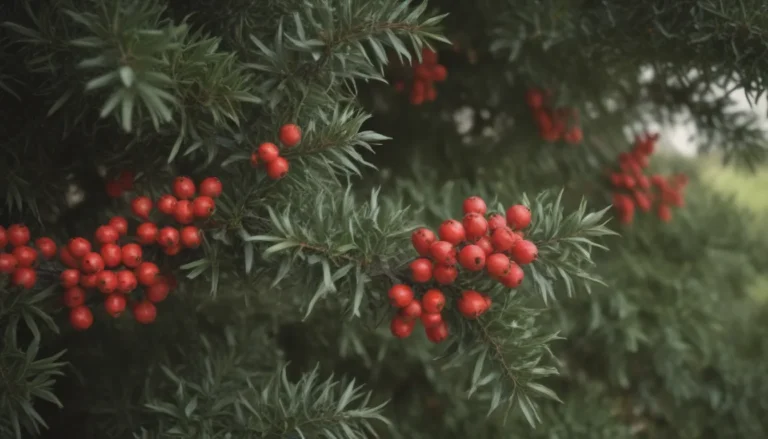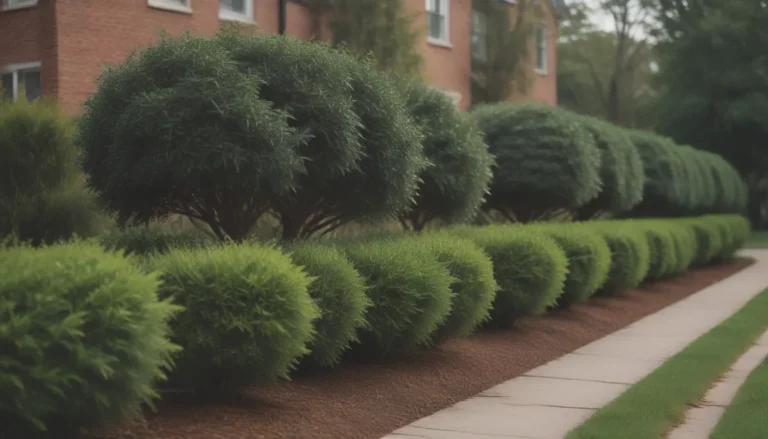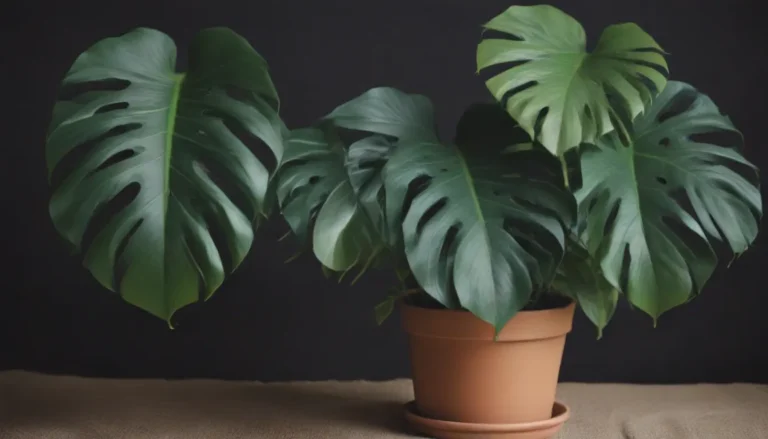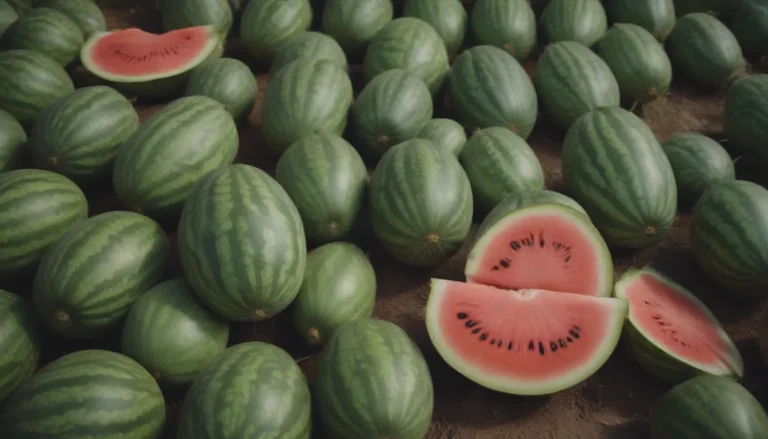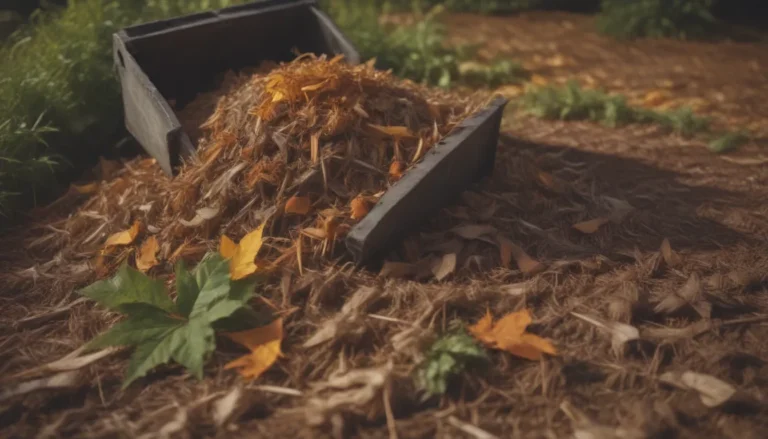The Ultimate Guide to Croton Plant Care

If you are a plant lover looking to add a splash of color and vibrance to your indoor or outdoor space, the croton plant (Codiaeum variegatum) might be the perfect addition to your collection. With its colorful variegated foliage and countless leaf forms, croton plants are a stunning addition to any plant collection. In this comprehensive guide, we will cover everything you need to know about croton plant care, from planting and propagation to common problems and solutions.
Getting to Know Croton Plants
Croton plants are native to warm, humid climates and thrive best outdoors in similar conditions. While they can grow up to 8 feet tall when planted in the ground, pot-grown houseplants tend to be smaller, making them ideal for indoor spaces. These plants grow relatively slowly, gaining less than a foot per growing season.
The primary challenge with caring for croton plants indoors is maintaining the ideal temperature. Crotons are sensitive to cold temperatures and will start losing leaves if exposed to chilly conditions. However, with the right care and attention, croton plants are worth the effort for the explosion of color they can bring to your space.
Benefits of Croton Plants
Aside from their stunning appearance, croton plants offer several benefits to your indoor environment. Some of these benefits include:
- Air purification: Croton plants help clean the air by removing toxins and impurities.
- Humidity regulation: These plants add moisture to the air, which can be beneficial in dry indoor environments.
- Mood improvement: Studies have shown that having plants indoors can boost mood and productivity.
Croton Plant Care Tips
Planting
- Croton plants should be planted in loose, well-draining soil outdoors. If you live in an area with cold temperatures, consider potting your croton to bring indoors during colder months.
- Indoors, place croton plants by your brightest window and use a quality potting mix that drains efficiently.
Light
- Croton plants thrive in bright, indirect light. Avoid direct sunlight, as some varieties may not tolerate it well.
- If your plant is not getting enough light, the leaves may turn green.
Water
- Keep croton plants evenly moist in the summer, providing about 1 inch of water per week.
- Reduce watering in the winter to biweekly, but adjust based on the plant’s needs.
Soil
- Croton plants prefer well-drained, humus-rich, acidic soil. Ensure the soil is enriched with compost for optimal growth.
Temperature and Humidity
- Keep indoor temperatures above 60 degrees Fahrenheit and avoid exposing the plant to cold drafts.
- Maintain humidity levels between 40 to 80 percent to prevent leaf drop.
Fertilizer
- Apply slow-release pellets or liquid fertilizer during the growing season, following package instructions for feeding quantity.
- Use acidifying fertilizers with NPK ratios of 3-1-2 or 8-2-10 for best results.
Types of Croton Plants
Croton plants come in a wide variety of leaf forms and colors. Some popular croton plant varieties include:
- Codiaeum variegatum var. pictum
- Codiaeum variegatum ‘Gold Star’
- Codiaeum variegatum ‘Petra’
Pruning and Propagation
These plants respond well to pruning to maintain shape and vitality. You can propagate croton plants using stem cuttings, ensuring the plant is kept at optimal temperatures for successful rooting.
Potting and Repotting
Repot young croton plants annually in the spring or early summer to encourage healthy growth. Use a container with ample drainage and only increase the pot size gradually.
Overwintering
Protect croton plants from cold weather by bringing them indoors during freezing temperatures. Use mulch and garden blankets to insulate plants during cold snaps.
Common Pests and Plant Diseases
Croton plants are susceptible to crown gall, anthracnose, and pests like mealybugs, spider mites, scales, and thrips. Use pesticides or natural remedies to treat infestations and prevent plant damage.
Troubleshooting Common Problems
If you notice issues like dull leaf coloration, curling or rolling leaves, or leaf drop, take immediate action to address environmental factors like light, temperature, and humidity to keep your croton plant healthy.
Encouraging Blooming
While croton plants rarely flower indoors, you can encourage blooms by providing ideal conditions such as bright sunlight, enriched soil, and warm temperatures. Moving the plant outdoors during warm weather may also spur flower production.
In conclusion, croton plants are a beautiful addition to any indoor or outdoor space, providing vibrant color and a touch of nature to your surroundings. By following the care tips outlined in this guide, you can ensure that your croton plant thrives and remains healthy for years to come. Enjoy the beauty and benefits of these unique plants in your home or garden!
Sources:
– Four Benefits of Houseplants. North Dakota State University Extension.
– Codiaeum variegatum. NC State Extension.
– Croton. Pet Poison Helpline.
